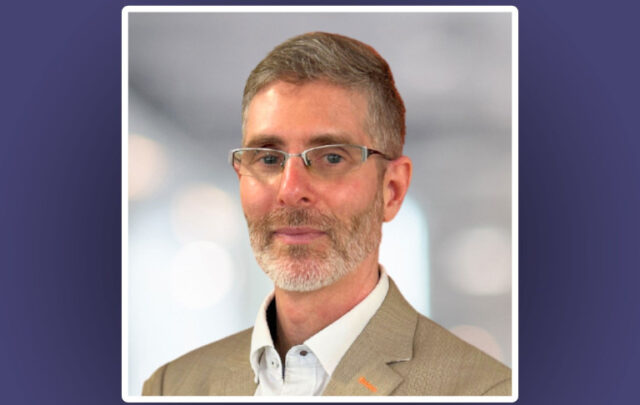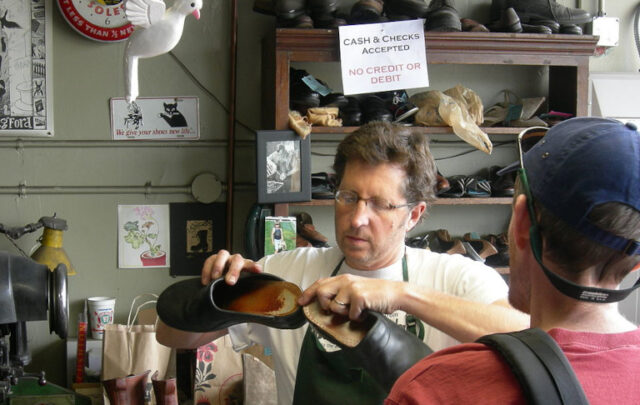
It was the end of the school day on a gloomy Friday afternoon in April, 2014, still late winter in Boston where I live. Trickling in to Madison Park High School were about 50 students who had come to participate in a “participatory budgeting” exercise to allocate a million dollars of the city’s money to projects of their choice. The school is a forbidding concrete structure in a neighborhood where 60 per cent of children live in poverty. Boston regards it as a “failing” school and plans to shut it down within three years.
Invented in Brazil in 1989, participatory budgeting has since spread to at least 1,500 locations around the world, according to the New York-based Participatory Budgeting Project. The idea is simple: a city or other jurisdiction identifies a portion of its budget and asks residents to allocate the money collaboratively in three steps. First, people meet in small groups across the city to brainstorm ideas. Second, a smaller number of volunteers or elected leaders screen the ideas and summarize the results on posters. Third, residents attend community meetings at which all the posters are displayed, and vote for their favorites following discussion and debate.
Variants of this process have been used in neighborhoods in Chicago, New York City and Vallejo, California, and it was introduced into Boston in 2011 by the Boston Workers Alliance. Two years later, Boston’s retiring mayor, Thomas Menino, embraced the idea but added a twist: all the participants had to be residents aged between 12 and 25 years old. This wasn’t completely new – Rosario in Argentina has run an exercise like this for young people since 2004, for example, but Boston’s is the first in the USA and the largest in the world in terms of the amount of funds that can be allocated.
In some ways Menino’s support was surprising. Abi Vladeck, who is now the city’s special assistant for capital planning, told me that the mayor was not a “process guy.” He had led the city for 20 years and expected to see changes happen quickly and efficiently. By contrast, participatory budgeting is a time-consuming process with unpredictable outcomes. Menino was also famous for knowing the people of the city, which could have made him skeptical. As Vladeck observed, “When you’re an elected official, you don’t want to seem like you don’t already know what the people would say.”
Scale was another problem. It wasn’t clear that participatory budgeting could work across a city the size of Boston, so the focus on young people made the process more manageable. An additional selling point for Menino was the chance to boost civic engagement in the city – an opportunity for young people to learn and grow. His successor, Marty Walsh, has enthusiastically supported the initiative since he was inaugurated in January of 2014.
To my knowledge, the impact of participatory budgeting on the personal growth and transformation of young people has never been studied. But my own observations suggest that Boston’s participants were motivated, focused, and serious. The process provided an opportunity for them to experience what I argue are the three core aspects of civic engagement: deliberation (listening and talking with other people about public issues), collaboration (working together and reflecting on the results), and building relationships of loyalty and trust with people who are not friends or family.
When I started to observe the process in Boston, the second stage was about to begin. In small neighborhood meetings, participants had already generated more than 400 ideas. Some were wacky, like the house made of bacon proposed by a 12-year-old. Some were innovative, like public WiFi booths and fountains designed for filling water bottles. And many were straightforward, such as repairing the city’s most dilapidated basketball courts. A list of the proposals that were actually chosen at the June meetings can be found on the City of Boston’s website.
Young people can participate in the idea-generation phase because the meetings are held in schools and community drop-in centers where they spend time after school, or because they’re connected to organizations on the project’s steering committee like the Asian American Resource Workshop, Sociedad Latina, and Youth on Board, a Massachusetts nonprofit that supports young people to serve on school boards and other committees which have real power.
As the participants at Madison Park filed into the school’s stuffy, underground gym, they sat with friends from their own schools or neighborhood centers and chatted quietly, or looked at their cell phones while they waited for others to arrive. The process of deliberation gradually encouraged them to form working relationships with strangers – an essential element of civic life.
Charles Paizante, for example, is a high school senior who serves on Boston’s Youth Council, which advises the mayor. He had volunteered to co-chair the whole participatory budgeting process, which the Council called “Youth Lead the Change.” Paizante was already deep into the work when he learned that the idea of participatory budgeting began in Brazil. Like many young people in the Greater Boston area he’s a Brazilian immigrant, and told me he was “surprised and proud” to learn that “such an advanced and complicated process came from Brazil, which is sometimes known for inefficiency.”
Independent studies of participatory budgeting typically find that participants make good choices. In Porto Alegre, Brazil, for example, funds have been used to connect almost every home to sewers and water lines and quadruple the number of schools in the city. Often, corruption declines, because the citizens who allocate the funds know what improvements are supposed to be made. If they don’t see the expected results on time, they can go after waste and fraud.
In Boston, participants seem to view themselves as volunteers trying to reach consensus rather than as political leaders campaigning for support and pushing their own ideas. Pam Jennings and her colleagues from the Participatory Budgeting Project ran the meeting that I attended at Madison Park. They showed PowerPoint slides to explain the process and broke up their lectures with free pizza and a trivia contest on Boston. Although mostly just for fun, the contest also included information that will not be trivial when the participants begin to allocate public money – like the number of public schools and parks that exist in the city.
The participants were asked to form committees to study, screen, and refine proposals based on need, impact, and feasibility. They should score a proposal higher, Jennings told them, if it would serve a lot of people, meet a real need, and actually work in practice. Participants also had to learn technical details they might not otherwise study in school – for example, the fact that city funds can only be used for city-owned property. That meant eliminating proposals for better bus stops, because the mass transit system belongs to the state, and rejecting water fountains on Boston’s Harbor Islands, because they constitute a federal park.
Out of the city’s annual capital budget of about $220 million for 2014, the participatory budgeting process will allocate $1 million. At the meeting, most people seemed pleasantly surprised by this figure. When he heard that he and others could “decide what to do with $1 million, I thought, ‘Hey, that’s pretty cool!’” said Samuel Ding, one of the participants. Another, Nate McQueen, asked the facilitators for a complete accounting of the city’s budget. He noted that the US spends vast amounts of money on prisons, so even $1 million was very small in comparison. The facilitators promised to provide the information he asked for – a good example of how participatory budgeting promotes both personal empowerment and broader public accountability.
By the end of the meeting it was late on a Friday afternoon, but most of the participants still seemed attentive. Emily Mercado is a student at the Boston Community Leadership Academy, a small school aimed at developing future civic leaders. She had visited Brooklyn and the Bronx to observe participatory budgeting in action, and helped to recruit New Yorkers to attend the meetings. She told me that these exercises provide “a good chance for people to be heard. If they want a park, they probably aren’t the only ones who want it.” She was excited by some ideas that had floated to the top in the New York discussions, like a music lab and renovating a park to serve disabled people.
Before the meeting began, singer-songwriter Janelle Monáe’s voice echoed from the loud speakers: “Are we a lost generation of our people? Add us to equations but they never make us equal.” Allocating $1 million won’t make these young people equal to the mayor of Boston either. But they themselves were the ones solving the equations, and that gave them a genuine senPse and share of power.
Photo credit: PBP website.





